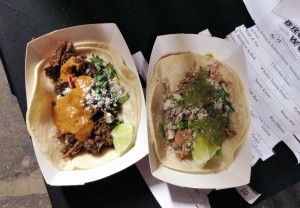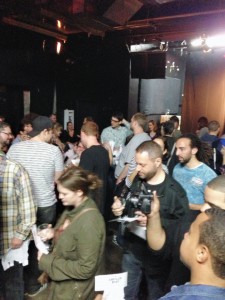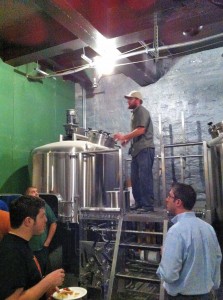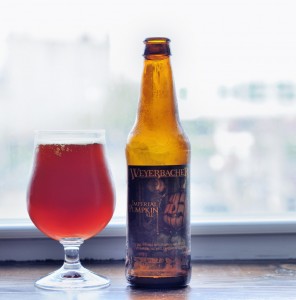Beer. Event. Bar. Brewery. Sleep (a little). Repeat. That is GABF in a nutshell. It’s been a few days since the last session of the biggest beer festival in the world and only now does cracking open a beer and doing some beer writing sound like a good idea.
My brain is (slightly) fried, but let’s see if I have enough gray matter left to crank out a reasonable recap. For brevity, complete descriptions of beers are omitted and replaced with a 5 point scale. Let’s get started… lots of pictures await you at the end!
Thursday
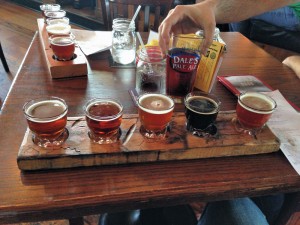
Tasting Flights at Oskar Blues
Thursday started early (4:30 am EDT), with a half asleep (and slightly cranky) beer blogger navigating his way via subway and bus to LaGuardia to catch a flight to Denver. A couple of Dunkin’ Donuts and 1500+ miles later, I arrived in Denver and met up with two good friends who’d be my partners in crime for this GABF. We hit the ground running, heading straight to Longmont, CO to squeeze in some beer tourism before hitting the first GABF session later that evening. We hit lunch at Oskar Blues; all of their beers were solid, as were the nachos. I had a great time working through a sampler tray and then finishing off with a Mama’s Little Yella Pils (4/5). Not far away from Oskar Blues is Left Hand Brewing Co., where we popped in for a quick pint before heading back down to Denver. I had the Wake Up Dead Imperial Stout on Nitro (3.5/5).
I always like to remind myself that GABF is the best opportunity in the country to sample beers from breweries you have never heard of and to make new discoveries. That being said, the goal of Thursday night’s session was to hit up breweries with solid reputations that I knew would be pouring some delicious rarities. New discoveries would have to wait. Highlights included:
- Goose Island Bourbon County Stout – loads of vanilla (5/5)
- Founders Kentucky Breakfast Stout – had right after GI BCBS, very coffee forward (4.5/5)
- Deschutes 2011 Abyss (4/5)
- Oskar Blues Whiskey Barrel Ten-Fidy – wow, great surprise (4.5/5)
- Allagash Coolship Resurgam – very brett forward / funky (4.5/5)
- Fat Head Head Hunter (4.25/5)
- New Glarus Enegma – quite sweet (2.5/5)
- Devils Backbone Vienna Lager – beautiful clean lager (4.5/5)
- Anchor Small Beer (3/5)
- Russian River Toronado 25th Anniversary – reminiscent of Beatification (4/5)
- Stone 2008 BA Imperial Stout – awesome, rich and smooth, great surprise (5/5)
- Bear Republic Tartare – yogurty lemonade (4/5)
- Olde Hickory The Event Horizon – best find of the trip, amazing beer (5/5)
Friday
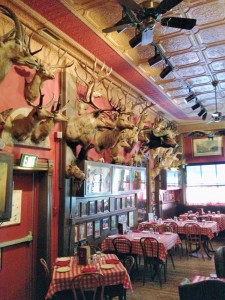
Lunch at The Buckhorn Exchange
First rule of GABF, don’t go out hard on the first night. Whoops. Unfortunately, I did some extra-curricular bar hopping after Thursday’s session, which left me feeling a bit raw on Friday morning. My friends and I managed to make it out to The Buckhorn Exchange, Denver’s oldest restaurant for some lunch. Sitting under under the glass eyes of hundreds of dead animals, we ate some meat and drank some really good Stranahan’s whiskey. Feeling fortified by protein and distilled barrel aged goodness, we caught the train into Denver’s LoDo district for some more brewery hopping.
First up was Denver’s original brewpub Wynkoop. Started in 1988 by Colorado Governor John Hickenlooper and leading the transformation of Denver’s Lower Downtown neighborhood, these folks are true craft beer pioneers. At Wynkoop, I had their equally pioneering (and slightly gimmicky) Rocky Mountain Oyster Stout (3.5/5). (For neophytes, Rocky Mountain Oysters are bull testicles.) Twenty-five pounds of bull balls were roasted and thrown into the mash of this 8-barrel batch. Apparently, bull testicles taste like licorice to me since this is the biggest flavor I got out of this beer. Maybe boiling the ‘oysters’ would have made it more ‘ballsy’?
Up next, we headed past Coors field over to Breckenridge Brewery. Open, spacious, and light, this was a nice venue to throw back a beer. I tried their Vanilla Porter, which was very nice although perhaps slightly artificial tasting (3.5/5).
Just across the street and down a block from Breckenridge is the fairly new River North Brewery. The place was packed, but of the 3 beers I sampled, they were all mediocre at best; perhaps they’re still getting their process down.
Our last brewery stop of the day was Great Divide Brewing Co. To accommodate the crowds they had a jockey box set up out back, along with tents and large tables. Cheap (great) beers, a friendly crowd, and plenty of seats made this an excellent place to have a beer or two. I had their Berliner Weiss which had a great funky nose, but fell flat on flavor and lacked the quenching acidity I like to see in Berliners (2.5/5). They also had Hibernation on tap, which is always great (4/5).
After the afternoon’s pub crawl, it was time for the Friday night session. Luckily, I was slated to pour at Big Time Brewery’s booth for that session, giving me a break from heavy beer sampling for a few hours. I did get the chance to finally try my pro-am beer. While not nearly as tasty as my original homebrewed version, the pro-am beer was still quite good with an enjoyable dark sugar character and just a whisper of the fig character that was so prevalent in my beer. I’m hoping to get a couple bottles shipped to me so I can do a side-by-side tasting.
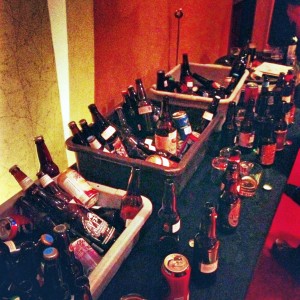
The Basement ‘Dead Soldier’ Bottle Share
After the session, I met back up with my brewer friends and attended the bottle share that is held in the basement of the Marriott hotel and features all of the leftover competition beers. This was a great perk of having a brewer’s badge and was one of the funnest moments of the weekend. It was entertaining to watch so many brewers scrambling through bins to find their beers. The point being that if you found one of your beers, it probably wasn’t a winner since they didn’t need the extra bottles for judging in later rounds of the competition.
Saturday
Saturday started bright and early with the GABF competition awards ceremony. It was great to be able to watch the brewers get their awards. It seemed like this year a lot of the awards typically won year in and year out by a few select brewers were instead given to up and coming and sometimes off the beer-geek radar breweries. I think this is great as it challenges old breweries to constantly evolve and push their standards and creativity. I was especially happy to see Devils Backbone win one of the brewery of the year awards. Their awesome lagers made a huge impression on me last year and it’s great seeing them recognized.
Saturday afternoon we attended the members-only session where we tried a lot of great beers. The highlight was probably Sam Adams Utopias (nearly 26% ABV) which is something I wouldn’t normally buy, but is fun to try. I also went back to Olde Hickory and tried a few more beers in their lineup, which were all quite good. New Belgium’s Love Felix (actually poured by Kim Jordan) was also fantastic.
GABF is a great time. Each year I am blown away by not only the sheer number of beers poured and breweries in attendance, but more importantly by the overall quality that gets pushed higher and higher each year. Looking forward to next year.
-
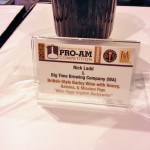
-
Miss Figgy by Nick Ladd (me) and Big Time Brewery
-
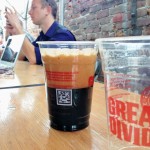
-
Great Divide Beer Garden
-

-
Yes, it contained bull testicles. No, it didn’t taste like them (I don’t think).
-
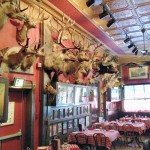
-
Lunch at the Buckhorn Exchange
-

-
Lunch at the Buckhorn Exchange
-

-
Representing Big Time Brewery
-
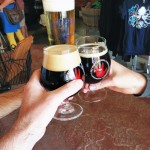
-
Having a Beer at Left Hand in Longmont
-
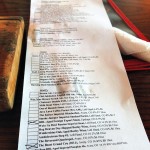
-
Beer list at Oskar Blues in Longmont
-

-
Taster Flights at Oskar Blues
-

-
At Falling Rock
-
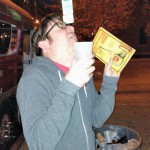
-
Ryan Loves the Texas Beerliner
-
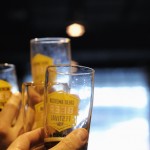
-
2012 Great American Beer Festival
-

-
Oskar Blues at the 2012 GABF
-
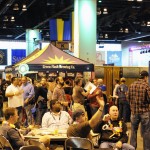
-
2012 Great American Beer Festival
-
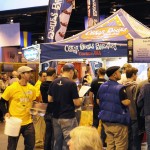
-
Oskar Blues at the 2012 GABF
-
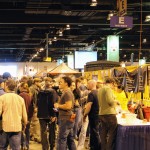
-
2012 Great American Beer Festival
-
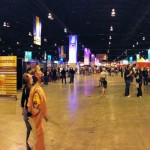
-
The Great American Beer Festival 2012
-

-
The Great American Beer Festival 2012
-
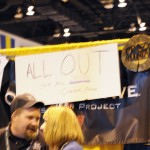
-
Crooked Stave Tapped Out! 2012 GABF
-
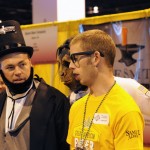
-
21st Amendment at the 2012 GABF
-
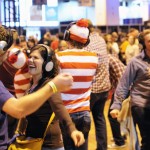
-
Silent Disco at the 2012 GABF
-

-
Silent Disco at the 2012 GABF
-
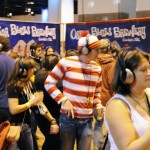
-
Silent Disco at the 2012 GABF
-
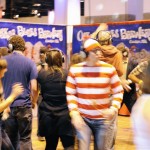
-
Silent Disco at the 2012 GABF
-
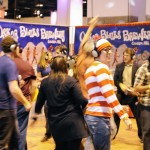
-
Silent Disco at the 2012 GABF
-
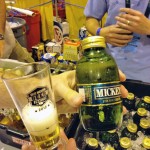
-
Only drinking rarities at GABF.
-

-
2012 Great American Beer Festival
-

-
Oscar Blues at the 2012 GABF
-

-
2012 Great American Beer Festival
-

-
2012 Great American Beer Festival
-

-
2012 Great American Beer Festival
-

-
Even AB-InBev Is Getting in on Craft Beer
-
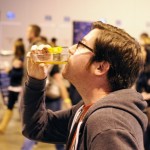
-
2012 Great American Beer Festival
-

-
2012 Great American Beer Festival
-
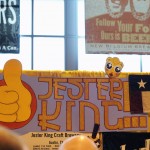
-
Jester King at the 2012 GABF
-

-
2012 Great American Beer Festival
-

-
2012 Great American Beer Festival
-
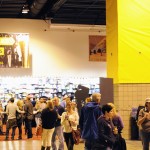
-
2012 Great American Beer Festival
-

-
2012 Great American Beer Festival
-

-
2012 Great American Beer Festival
-
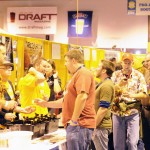
-
2012 Great American Beer Festival
-

-
2012 Great American Beer Festival
-

-
2012 Great American Beer Festival
-

-
Devil’s Backbone at the 2012 GABF – One of my Favorites
-
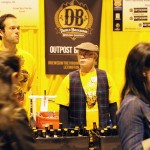
-
Devil’s Backbone at the 2012 GABF – One of my Favorites
-
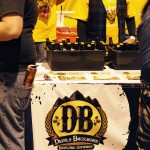
-
Devil’s Backbone at the 2012 GABF – One of my Favorites
-
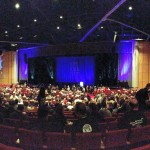
-
GABF Awards Ceremony
-
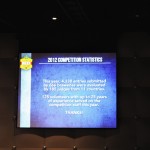
-
Stats About the GABF Competition
-

-
GABF Awards Ceremony
-
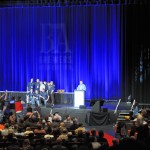
-
Firestone Walker Receiving Their Medal
-

-
Heretic Brewing Receiving Their Medal
-

-
Heretic Brewing Receiving Their Medal
-

-
The Basement ‘Dead Soldier’ Bottle Share
-

-
Fifty Fifty Brewing Co. – Absolument stupide putain!
-

-
The Basement ‘Dead Soldier’ Bottle Share
-
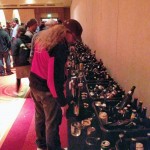
-
The Basement ‘Dead Soldier’ Bottle Share
-

-
Which One Doesn’t Belong?

